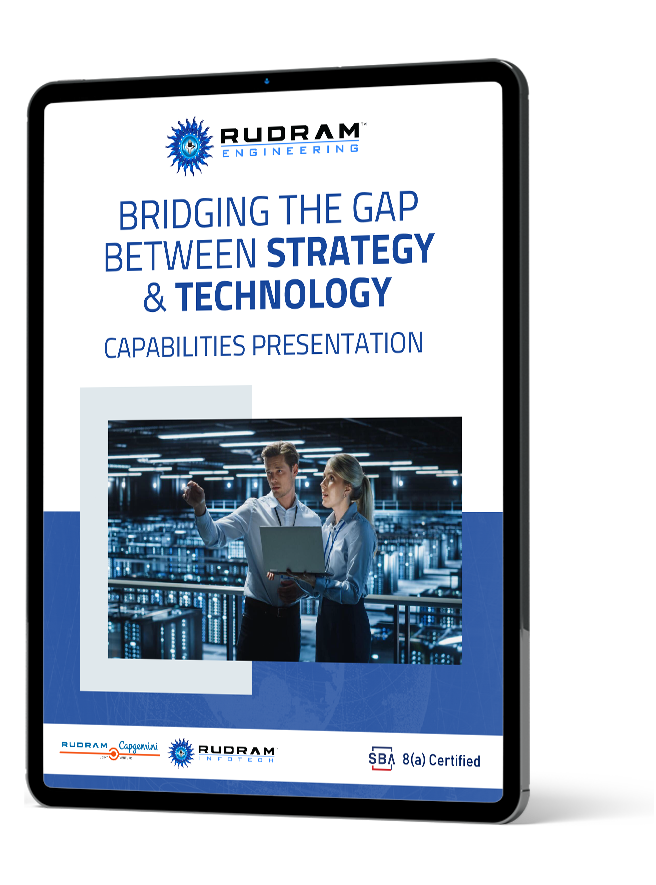Introduction: The Rise of SaaS and Its Challenges
As businesses increasingly adopt Software as a Service (SaaS), managing multiple cloud-based applications has become a common practice. While SaaS applications bring agility and innovation, they also introduce new challenges—particularly around integration. With companies using numerous SaaS tools for various departments, the need to connect them efficiently for smooth workflows is more critical than ever.
Why SaaS Integration is Crucial
SaaS applications often operate in silos, serving specific business functions such as CRM, ERP, or HR. While this specialization is beneficial, the lack of interoperability between these systems can disrupt business processes, leading to inefficiencies. For example, sales data stored in one system may need to sync with the finance application. Failure to integrate these can result in data inconsistencies, manual data entry, and poor decision-making.
Without proper integration, businesses risk SaaS sprawl—where different departments use disparate applications with no connection, resulting in disconnected workflows and duplicated efforts.
Common Challenges of SaaS Integration
Best Practices for SaaS Integration
Overcoming SaaS Sprawl: Strategies for Businesses
To avoid the pitfalls of SaaS sprawl, businesses should implement a comprehensive strategy:
The Future of SaaS Integration
As businesses continue to adopt new SaaS solutions, integration will remain a critical challenge. However, advancements in AI, machine learning, and automation will likely improve how SaaS systems communicate with each other. Future integration platforms will offer more no-code or low-code solutions, enabling non-technical users to create sophisticated workflows with minimal effort.
Additionally, the rise of AI-powered integration tools will automate many aspects of data exchange, reducing the need for manual coding and improving the speed and accuracy of integrations.
Conclusion: Embrace a Thoughtful Integration Approach
Generative AI is revolutionizing software engineering by automating routine tasks, improving productivity, and enhancing the quality of software solutions. By integrating AI with comprehensive software engineering services, businesses can achieve new levels of efficiency, scalability, and innovation.
As you look to the future of your business’s digital transformation, embracing AI-powered software engineering is no longer optional—it’s the key to staying competitive and future-ready.\
About Rudram Engineering
Rudram Engineering Inc. (REI) is a well-known pioneer in software systems engineering, recognized for its creative solutions and the latest cutting-edge technologies. By focusing its resources on developing cloud-based technologies, REI further employs the power of DevSecOps to build security into the software development life cycle. The company also adopts Agile software development methodologies to be flexible, effective, and quick in delivering quality software solutions. Rudram Engineering Inc. is a name that epitomizes quality with innovation; it establishes new yardsticks in the industry with solid, scalable solutions that meet the dynamic demands of engineering.
